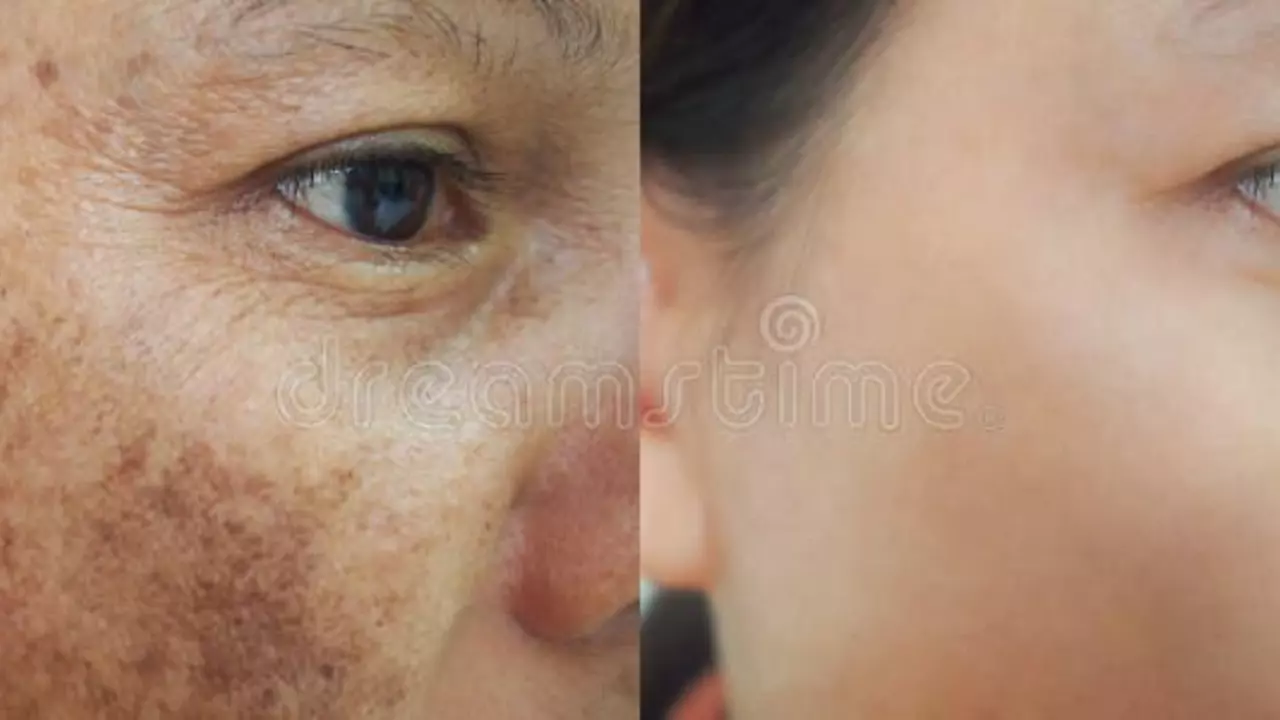Hydroquinone: What It Treats and How to Use It Safely
If dark spots, melasma, or post-acne marks stick around, hydroquinone is one of the strongest topical options dermatologists turn to. It works by slowing pigment production in the skin. That makes it effective for lightening stubborn brown spots when used the right way.
Hydroquinone comes in different strengths. Over-the-counter creams usually contain 2%, while prescription versions go up to 4% or more in compounding. Stronger formulas can work faster, but they also raise the chances of irritation and other problems.
How to apply and what to expect
Start with a patch test: apply a small amount to an unnoticeable area for a week to watch for redness or itching. Use a pea-sized amount on the target area once or twice daily, as directed. Apply sunscreen every morning—hydroquinone makes treated skin more sensitive to sun, and without sun protection spots can return or worsen.
Expect results in 6–12 weeks for many people. If you don’t see improvement after a few months, check back with your provider. Stopping suddenly can lead to rebound darkening, so follow treatment length guidance—many doctors recommend cycles (for example, up to 3–4 months on, then a break).
Risks, side effects, and safety tips
Mild irritation—redness, dryness, or stinging—is common. If skin becomes seriously inflamed or develops unusual discoloration, stop using it and see a dermatologist. Long-term or very high-concentration use has been linked to a rare condition called ochronosis (permanent blue-black darkening), so avoid continuous use without supervision.
Avoid using hydroquinone on broken skin, near the eyes, or on mucous membranes. Pregnant or breastfeeding people should check with their doctor before use. Store creams in a cool, dark place and keep the lid tight—hydroquinone can oxidize and lose effectiveness when exposed to air and light.
If you’re buying online, choose reputable pharmacies and avoid products that don’t list ingredients or concentrations. Prescription options are safer when a clinician evaluates your skin and rules out underlying causes like hormonal or medical issues.
Not ready for hydroquinone? Try alternatives like azelaic acid, niacinamide, kojic acid, or topical tranexamic acid. These are gentler and can help with mild to moderate discoloration, or be used alongside a guided hydroquinone plan.
Quick checklist: patch test first, wear daily SPF, don’t use on damaged skin, follow treatment cycles, and talk to a dermatologist if results stall or you get strong irritation. With care, hydroquinone can clear up stubborn spots—but smart use and sun protection are key.

The debate over hydroquinone: Is it safe for long-term use?
The debate over the safety of long-term hydroquinone use is a hot topic in the skincare world. Some experts swear by its effectiveness in treating hyperpigmentation and age spots, while others cite potential risks and side effects as reasons for caution. The primary concern is that extended use can lead to ochronosis, a skin condition characterized by blue-black pigmentation. Despite this, the FDA still recognizes hydroquinone as safe for use in limited concentrations. It's clear that more research is needed to fully understand the long-term effects of this popular skin lightening agent.




